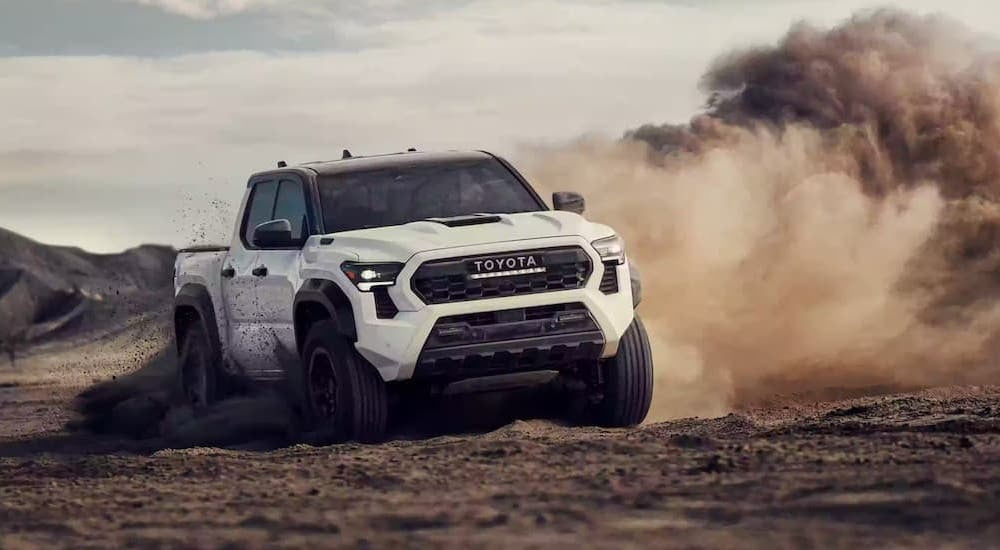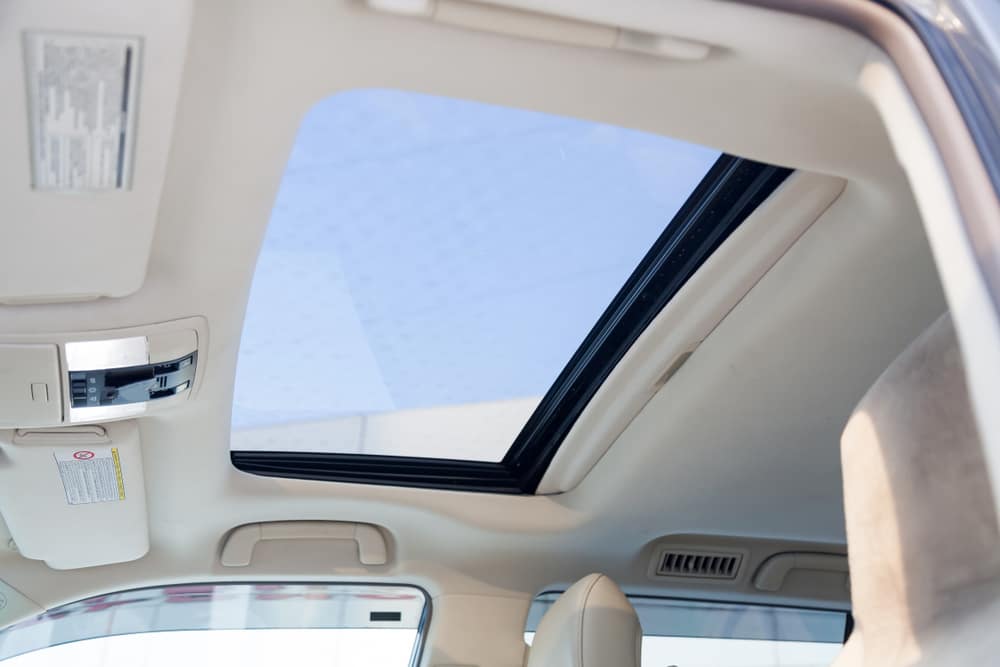What’s New for the 2023 Toyota Rav4: Exciting Upgrades Await
The 2023 Toyota Rav4 features an upgraded center touchscreen interface and a digital instrument cluster. This update also includes an enhanced pre-collision system with automatic emergency braking, forward-collision warning, and pedestrian detection. These changes improve the overall safety and technology of the Rav4. Introducing the 2023 Toyota Rav4, a compact SUV that comes with exciting updates and improvements. The latest model features an upgraded center touchscreen interface and a digital instrument cluster, enhancing the overall user experience. But that’s not all – Toyota has also enhanced the pre-collision system, adding automatic emergency braking, forward-collision warning, and pedestrian detection. These safety features contribute to a safer driving experience. Join us as we explore the new features and enhancements of the 2023 Toyota Rav4, including its improved technology and advanced safety capabilities. Enhanced Safety Features The 2023 Toyota Rav4 comes with a host of enhanced safety features that prioritize driver and passenger protection. With advancements in technology, the Rav4 is equipped with state-of-the-art safety systems designed to prevent accidents and minimize the risk of injury. Let’s take a closer look at the upgraded safety features that make the 2023 Toyota Rav4 an even safer choice on the road. Upgraded Pre-collision System With Automatic Emergency Braking The upgraded pre-collision system in the 2023 Toyota Rav4 goes beyond just warning the driver of potential collisions. This advanced system utilizes radar and camera technology to detect vehicles, pedestrians, and cyclists in the vehicle’s path. If a potential collision is detected, the system will alert the driver and, if necessary, apply automatic emergency braking to mitigate or avoid the impact altogether. With this feature, the Rav4 offers an added layer of safety and reassurance on the road. Forward Collision Warning The forward collision warning system in the 2023 Toyota Rav4 helps drivers maintain a safe distance from the vehicle in front. By using sensors and cameras, the system can detect if the Rav4 is approaching another vehicle too quickly. It then provides a visual and audible warning to alert the driver, allowing them to take the necessary action to avoid a potential collision. This proactive safety feature helps reduce the risk of rear-end collisions and promotes safer driving habits. Lane Departure Warning With Steering Assist With the lane departure warning system in the 2023 Toyota Rav4, drivers are alerted if they unintentionally drift out of their lane. The system uses cameras to monitor the vehicle’s position on the road. If it detects the Rav4 veering out of the lane without the turn signal activated, it will issue an alert to bring the driver’s attention back to the road. In addition to the warning, the steering assist feature can provide gentle corrective steering inputs to guide the vehicle back into the correct lane, further enhancing safety and preventing potential accidents. Adaptive Cruise Control With Stop-and-go Functionality The adaptive cruise control system in the 2023 Toyota Rav4 takes the stress out of long drives by maintaining a set speed and safe distance from the vehicle ahead. With the added stop-and-go functionality, the Rav4 can automatically adjust its speed to match the flow of traffic, even in congested situations. This feature not only reduces driver fatigue but also helps prevent rear-end collisions by ensuring a safe distance is maintained at all times. With the adaptive cruise control system, drivers can enjoy a more relaxed and safe driving experience. In conclusion, the 2023 Toyota Rav4 comes equipped with enhanced safety features that prioritize driver and passenger protection. With the upgraded pre-collision system, forward collision warning, lane departure warning, and adaptive cruise control with stop-and-go functionality, the Rav4 ensures a safer and more secure driving experience. These advanced safety technologies set the 2023 Toyota Rav4 apart and make it an ideal choice for those seeking peace of mind on the road. Improved Technology The 2023 Toyota Rav4 comes packed with an array of upgraded and advanced technologies that enhance the overall driving experience. From an upgraded center touchscreen interface to seamless integration of Apple CarPlay and Android Auto, the redesigned Rav4 is sure to impress tech enthusiasts. Let’s take a closer look at some of the exciting tech features in the new Rav4. Upgraded Center Touchscreen Interface The centerpiece of the 2023 Rav4’s tech updates is the upgraded center touchscreen interface. With a larger display and a more intuitive user interface, accessing and controlling various features and apps has never been easier. Whether you’re changing your music, adjusting the climate controls, or navigating through your favorite apps, the upgraded center touchscreen interface offers a seamless and enjoyable user experience. Digital Instrument Cluster In addition to the upgraded center touchscreen, the 2023 Rav4 also introduces a digital instrument cluster. This high-resolution display provides real-time information about your vehicle’s speed, fuel level, navigation directions, and other important details. With the digital instrument cluster, you can keep your eyes on the road while staying informed about the vital stats of your Rav4. Apple Carplay And Android Auto Integration Gone are the days of limited smartphone integration. The 2023 Rav4 now offers seamless integration of Apple CarPlay and Android Auto, allowing you to connect your compatible smartphone and access your favorite apps, make hands-free calls, send messages, and more. Enjoy the convenience and familiarity of your smartphone on the go, without compromising safety behind the wheel. Wireless Charging Pad When it comes to charging your devices, the 2023 Rav4 has you covered. With the addition of a wireless charging pad, you can easily power up your compatible smartphone without the hassle of tangled cords. Simply place your phone on the charging pad, and it will recharge wirelessly while you focus on the road ahead. In conclusion, the 2023 Toyota Rav4 introduces improved technology that enhances the overall driving experience. With an upgraded center touchscreen interface, digital instrument cluster, seamless Apple CarPlay and Android Auto integration, and a wireless charging pad, the new Rav4 keeps you connected, informed, and entertained on every journey. Superior Performance The 2023 Toyota Rav4 offers superior performance with its upgraded
What’s New for the 2023 Toyota Rav4: Exciting Upgrades Await Read More »





